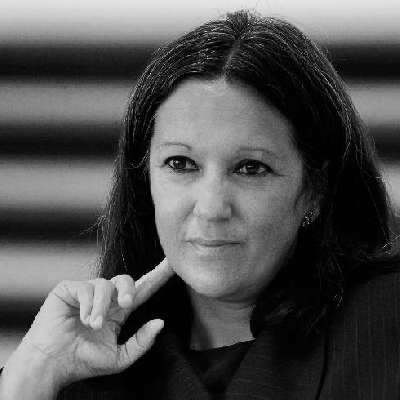
The challenge that we are facing – how to get the economy running again – is an industrial revolution which radically changes the relationship with our territory, currently characterized by the Nimby syndrome. For over two centuries we have witnessed a race towards ever bigger plants, while the environment was reduced to a mine or a landfill, pollution was increasing, and the juxtaposition between work and health was becoming more and more evident. Today, we are paying a high price for this; the moment has come to turn a page, not only reducing the pollution from the production process, but also rethinking the production system so that it is integrated with the territory.
This means that we cannot engineer development with anonymous recipes that are replicated in every corner of the planet with few differentiations. Bioeconomy, the economy that integrates biosphere resources and those coming out of human intelligence, is based on the knowledge and respect of each territory and its peculiarities. Only a deep knowledge of the capabilities and the needs of each territory, together with a continuous research on how to use resources in the most efficient way, without creating imbalance, will allow us to implement a development which takes into account the needs of the economy, the environment and those people who inhabit a territory.
An example is represented by the use of advanced technologies, not in places with an agricultural or touristic tradition, but in those that have suffered the consequences of de-industrialization and that can now have a new opportunity: an innovative integration between the agricultural and the industrial world. This should not be done with top-down projects that concentrate activities in one single big company, but through a network model where the company is a catalyzer for a number of smaller and widespread initiatives: cooperatives of young farmers who get together to produce raw materials, other businesses that follow other stages of the process, always trying to use the material produced as an operational solution to solve problems, provide services and improve the quality of life.
This material needs to be studied accurately in order to reduce their environmental impact, guaranteeing a benefit for all and a competitive capacity for the collectivity, which identifies itself with the project and is committed to its success. I refer to those innovative products that are starting to be produced in sectors such as lubrification (improving their performances and avoiding the risk of polluting water and soil, which is typical of non-biodegradable oil derivatives), plasticizers for polymers, obtained from renewable sources and risk-free, that can replace the phthalates (under observation due to their effects on the endocrine system); tyres (that provide minor resistance to rolling, thus reducing consumption), cosmetics, antioxidants and natural herbicides.
What is needed is integration between the territory, universities, research centres, and people committed to these issues in order to create a multiplier effect of benefits, first of all the creation of employment. This model would prevent repeating past mistakes (excessive support from public finances to non-competitive and highly polluting productions, which only creates idle revenues; ad hoc interventions without an integrated strategy, which desincentivizes virtuous development, thus contributing to the increase of commercial imports and generating unemployment) and would guarantee a management of territories that favours their potentialities in terms of bioeconomy. This way, it would also be possible to rethink unsustainable approaches such as sectorial and indiscriminate incentives, lacking any systematic logic in sectors with huge volumes of production.
These are not only projects for the future. The example of biodegradable and compostable shoppers, which have transformed organic waste into a resource, shows how Italy is capable of elaborating – from a creative, scientific, organizational and political point of view – models that are successful at the level of competitiveness and international consensus. What has been done so far was made possible thanks to a fertile dialogue between researchers, environmentalists, citizens, politicians and industrial organizations. This model was also successful in solving several problems: creation of new employment (according to data from Plastic Consult, this supply chain currently employs more than 1,500 people, there are roughly 150 operators and its turnover amounts to 450 million euros, but could also reach a billion if illegality was eliminated; the complete implementation of the upstream part of the supply chain of byoplastics could generate 6,000 direct new jobs, and the extension of this model to Europe would surely mean new jobs for tens of thousands of workers), as well as reduced environmental impact (in a couple of years Milan has become a world leader in organic collection both for quantity and quality). This is the demonstration that in order to come out of the crisis, it is necessary to devise new strategies which put the interests of citizens at the centre, starting from experiments of systemic projects on the territory.



